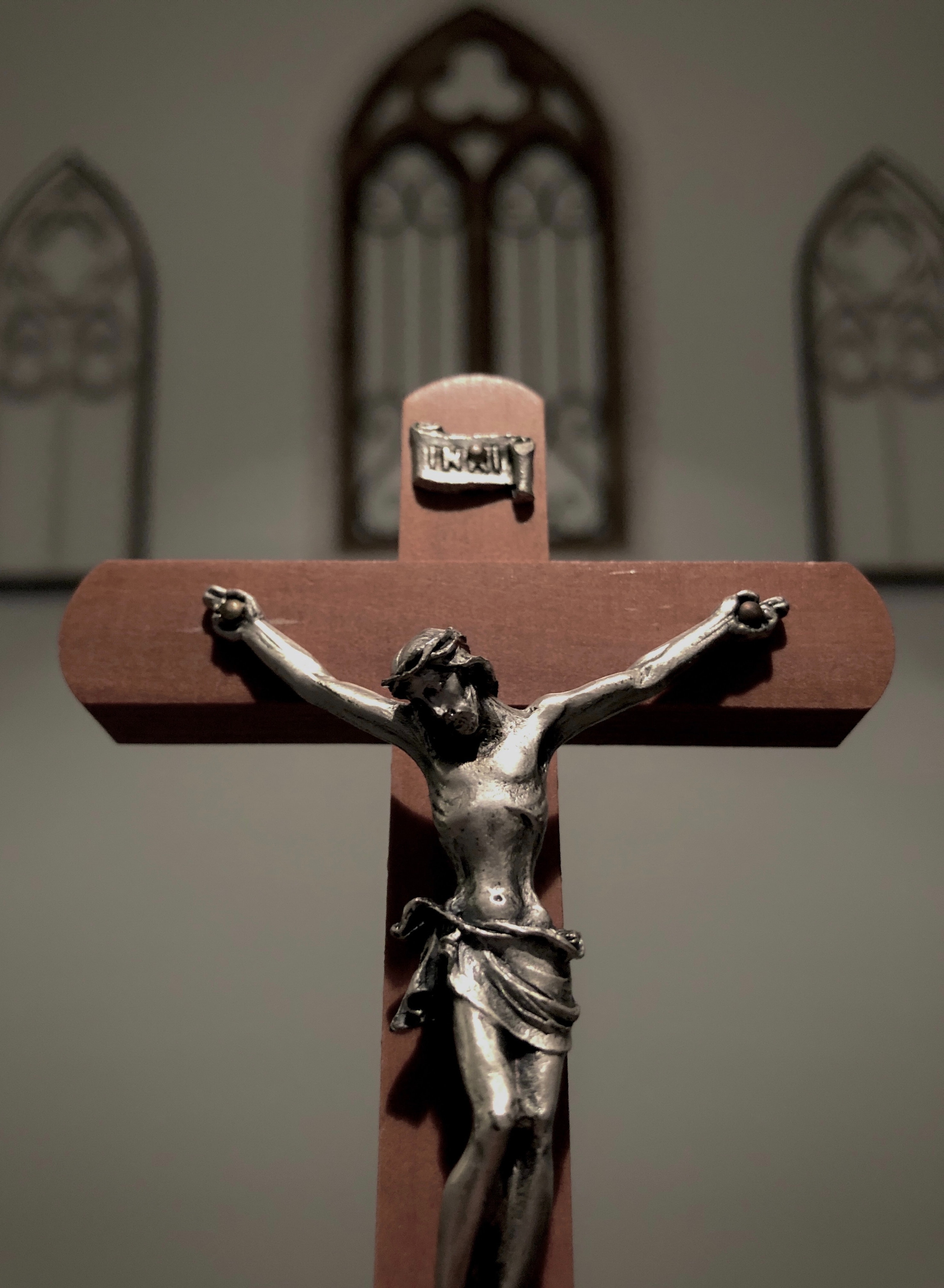![]()
The Savior Jesus Christ, according to Christian doctrine, died to save the world from sin and death. The baseline of what separates Christianity from other religions is the celebration of Easter—God Himself erases the debt of those who believe in Jesus Christ’s sacrifice. Christians profess this to the world. Yet even Christians need a reminder of all Jesus endured for the world’s sake. From His arrest to His death, Jesus suffered every category of evil.
Jesus first experiences extreme suffering in the Garden of Gethsemane, shortly after the Last Supper. A summary of what Jesus bore in that time could be filed as anxiety and emotional stress. Luke mentions a description of Christ shortly after He starts praying to the Father: “And being in anguish, he prayed more earnestly, and his sweat was like drops of blood falling to the ground” (Luke 22:44). Jesus already felt the weight of His future suffering because He knew what was coming. Jesus was arrested in the Garden of Gethsemane, (Matthew 26:47), and He is betrayed by Judas Iscariot — one of the original 12 Apostles and a close companion of Christ! Judas sold his friendship with Jesus Christ to the chief priests for thirty pieces of silver, as the Gospel narrative notes (Matthew 27:3).
Jesus knew that, upon His arrest, His true friends would leave Him to suffer alone. Then Jesus had to face the first of His trials — the trial conducted by the Jewish leaders (Mark 14:53). That’s when the first full wave of Jesus’ enemies assaulted Him.
It is recorded that the chief priests tried to bring Jesus down with “false evidence” (Matthew 26:59-60). When that did not work, they decided to bring Jesus down on what would have been a rightful death sentence: blasphemy (Matthew 26:63-65). As Christians believe, Jesus did not commit blasphemy. Since He is God incarnate. Yet, Jesus was still condemned for His truthful words. Luke makes mention that Jesus was hit by the Jews (Luke 22:64). Then, Jesus was taken to the Roman court. As the Gospel narrative notes, Jesus was first taken to Pontius Pilate (the Roman governor), then to the current Herod (the Jewish counterpart), then back to Pilate.
Pilate has Jesus flogged, and the soldiers give Jesus a robe and a crown of thorns and a scepter (John 19:1-5). They also make fun of Him. Pilate performs his yearly benevolent act of releasing a prisoner to the Jews. Of course, the Jews were led by their leaders to free Barabbas and to kill Jesus. Pilate tells the Jews that he doesn’t want to be responsible for Jesus’ murder but lets them kill Jesus anyway. While the Gospel accounts differ in the order of these events in this part of the story (as well as the color of the robe Jesus wore), the four Gospel accounts agree that Jesus was sentenced to die.
Jesus soon makes His journey to Golgotha. The synoptic gospels mention Simon of Cyrene helping Jesus with the cross (Matthew 27:32; Mark 15:21; Luke 23:26); but John does not (John 19:17). Regardless of whether Jesus suffered this burden with help or on His own, He still walks to His place of execution in public humiliation. As He reaches His destination, He shows compassion for those who are also upset (Luke 23:28).
When Jesus was finally to be crucified, He was stripped naked. He also suffered puncture wounds from the nails driven through Him.
The nails would have caused extreme pain no matter where they were forced to puncture. However, Alok Jha, in his 2004 article for The Guardian, “How Did Crucifixion Kill?” stated that “Seven-inch nails would be driven through the wrists so that the bones there could support the body’s weight. The nail would sever the median nerve, which not only caused immense pain but would have paralyzed the victim’s hands.” Jha described the pain for a general crucifixion; however, it is likely this pain was a part of Jesus’ suffering.
Jha later described the subsequent respiratory dysfunction. This asphyxiation is supported by the information given by Cahleen Shrier, professor of biology at Azusa Pacific University. Shrier confirmed that “In order to speak, air must pass over the vocal cords during exhalation. The Gospels note that Jesus spoke seven times from the cross. It is amazing that despite His pain, He pushes up to say ‘Forgive them’ (Luke 23:34).”
On the cross, Jesus was still ridiculed. Peter makes mention of the verbal humiliations in 1 Peter 2:23. It is recorded that Jesus spent several hours on the cross (Matthew 27:45). Yet, Jesus’ greatest suffering was separation from God. Jesus was quoted Psalm 22:1 which states “My God, my God, why have you forsaken me?”
Lastly, Jesus died. “And when Jesus had cried out again in a loud voice, he gave up his spirit” (Matthew 27:50). Jesus had to die on the cross for the fallen creation. The tearing of the temple curtain was the result of Christ’s death: The Savior, the atoning sacrifice of mankind’s sin, eliminated the unholiness from the unholy, making people right with God forever.
Jesus knew He would be hurt by His creation. Yet, He forgave, suffered, and died willingly. He did this for those who were incapable of rectifying themselves. Christians are to remember the path Jesus Christ walked to bring the world such a gift.
Yet, the end of the story does not come when Christ dies on the cross but rather when Christ arose from the dead the first Easter Sunday. Christians celebrate Christ’s suffering, death and resurrection because the Lord Jesus Christ gave divine salvation for the entire world through His Passion (John 3:16), overturning sin and death.
While Christ’s resurrection is the focus of the Easter celebration, it is important that Christians remember the depravity and disdain He endured as well. Perhaps Shrier stated it best when she said, “The depth of Christ’s pain emphasizes the true extent of God’s love for His creation…As a flesh and blood human, Jesus felt every ounce of this execution. What greater love than this can a man have for his friends?”
Photo courtesy of Unsplash





